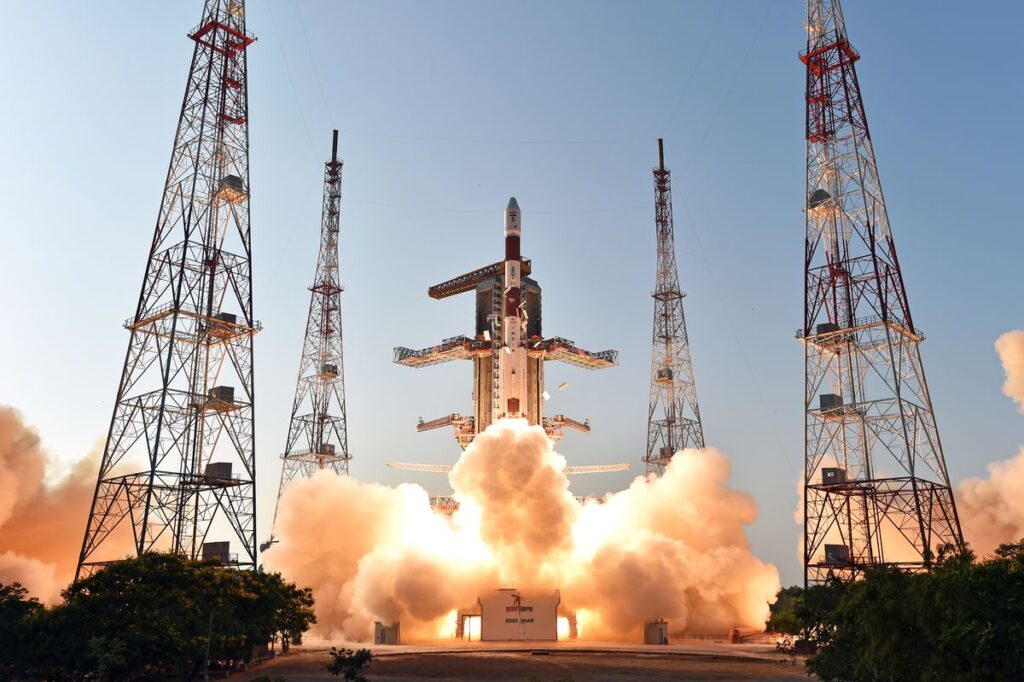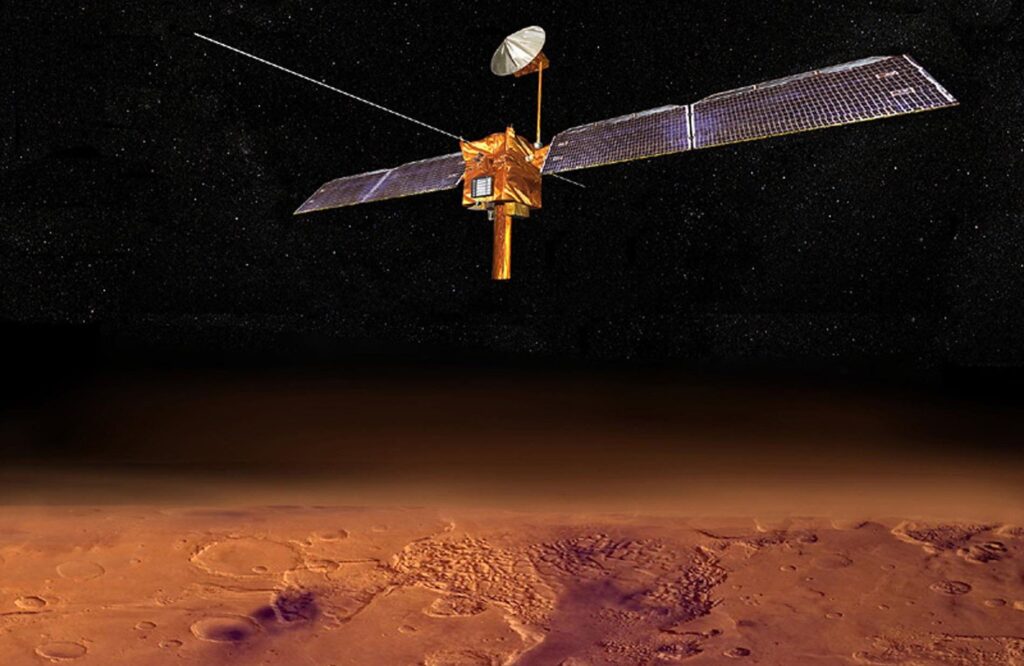
Bangalore, often referred to as the “Space City of India,” plays a pivotal role in India’s space exploration endeavors, with the presence of the Indian Space Research Organisation (ISRO) and several other space-related institutions. The city has been at the forefront of India’s space program, contributing significantly to the country’s achievements in space exploration. Let’s delve into Bangalore’s role in India’s space journey and highlight some of ISRO’s notable accomplishments.
Indian Space Research Organisation (ISRO)
ISRO, headquartered in Bangalore, is the premier space agency of India and plays a central role in the country’s space exploration efforts. Established in 1969, ISRO has emerged as a global leader in space technology, with a diverse portfolio of missions encompassing satellite launches, lunar exploration, Mars missions, and more. The agency’s state-of-the-art facilities, including the Satish Dhawan Space Centre (SDSC) in Sriharikota and the ISRO Telemetry, Tracking and Command Network (ISTRAC) in Bangalore, support its ambitious space missions and satellite programs.
Satellites and Remote Sensing
ISRO’s satellite programs have been instrumental in revolutionizing various sectors, including communication, weather forecasting, agriculture, and disaster management. The agency’s satellite launches, conducted from the Satish Dhawan Space Centre, have placed numerous satellites into orbit, facilitating communication networks, television broadcasting, internet connectivity, and remote sensing applications. ISRO’s remote sensing satellites, such as the Indian Remote Sensing (IRS) series and the Cartosat series, provide vital data for resource mapping, environmental monitoring, urban planning, and disaster response.
Mars Orbiter Mission (Mangalyaan)

One of ISRO’s most notable achievements is the Mars Orbiter Mission, also known as Mangalyaan, which was launched in 2013. Mangalyaan made India the first Asian country to reach Mars orbit and the fourth space agency in the world to do so, after NASA, Roscosmos, and the European Space Agency. The successful mission demonstrated ISRO’s technical prowess and marked a significant milestone in India’s space exploration history, showcasing the agency’s ability to undertake complex interplanetary missions.
Chandrayaan Missions

ISRO’s Chandrayaan missions, aimed at exploring the moon, have also garnered international acclaim. Chandrayaan-1, launched in 2008, was India’s first lunar mission and made significant discoveries, including the detection of water molecules on the lunar surface. Chandrayaan-2, launched in 2019, aimed to further explore the moon’s south pole region and study its geology, mineralogy, and exosphere. Although the mission faced challenges during its landing attempt, ISRO’s efforts received widespread recognition for their scientific significance and technological advancements.
Role of Bangalore’s Institutions
Bangalore’s institutions, including ISRO’s Satellite Centre (ISAC) and the Space Application Centre (SAC), have played a crucial role in supporting ISRO’s space exploration missions. These institutions are involved in satellite design, development, testing, and integration, as well as payload development for remote sensing and scientific missions. Bangalore’s ecosystem of research institutions, academia, and industry partners also contribute to ISRO’s space programs through collaborative research, technology transfer, and skill development initiatives.
Conclusion
Bangalore’s contributions to India’s space exploration endeavors, facilitated by ISRO and its affiliated institutions, underscore the city’s significance as a hub of space technology and innovation. From satellite launches and interplanetary missions to remote sensing applications and scientific research, Bangalore’s role in India’s space journey is both integral and impactful. As ISRO continues to push the boundaries of space exploration, Bangalore remains at the forefront of India’s quest for space exploration and scientific discovery, paving the way for future advancements in space technology and beyond.
Comments are closed for this post.